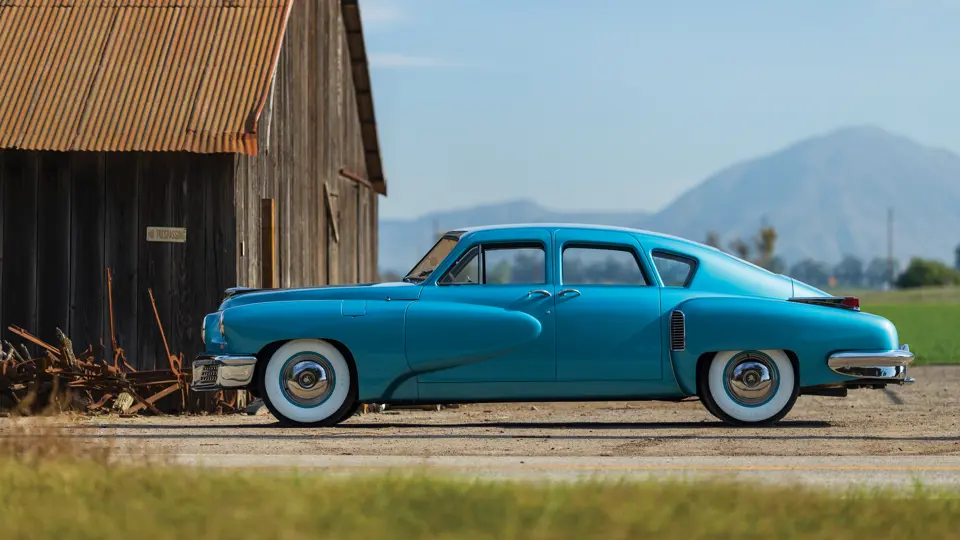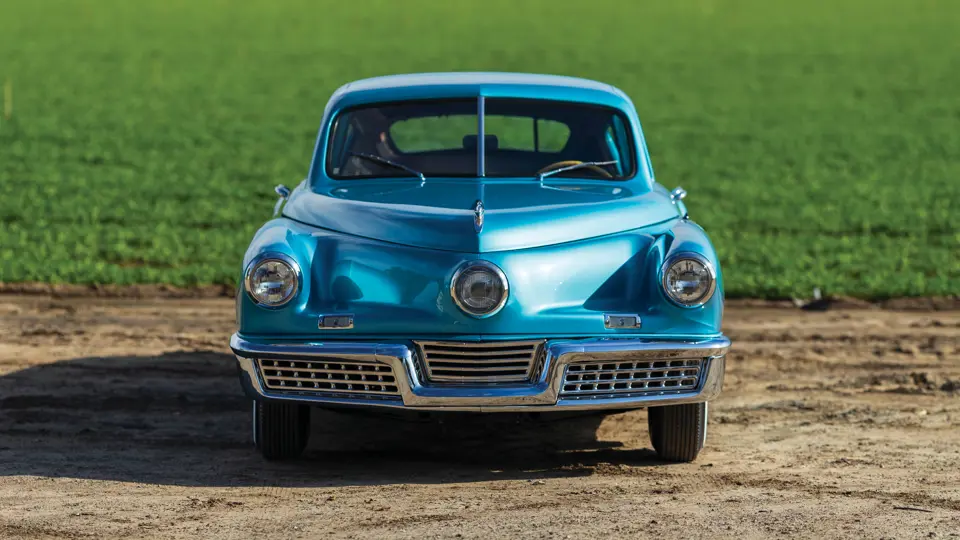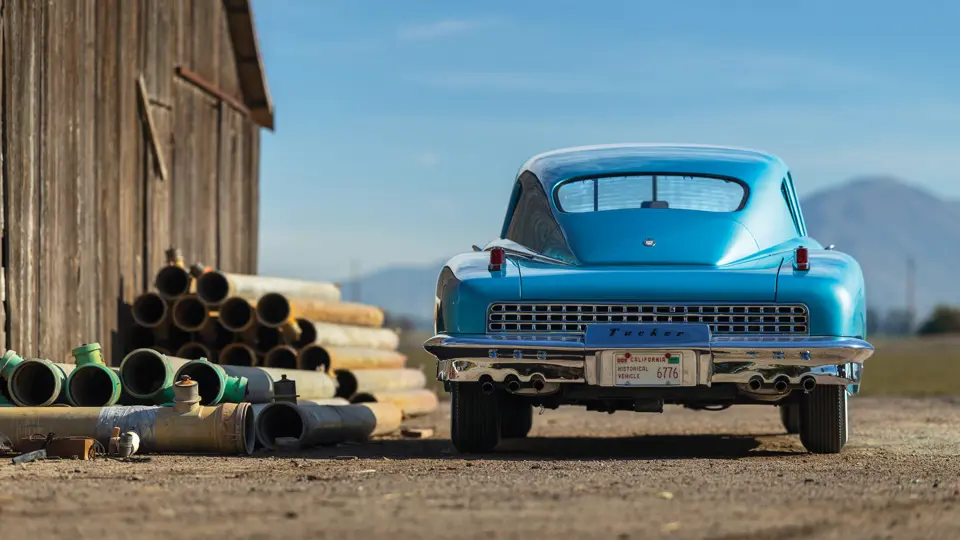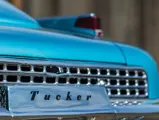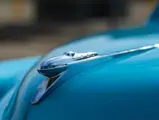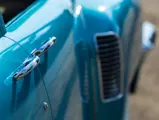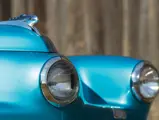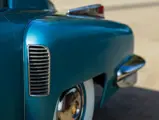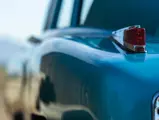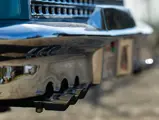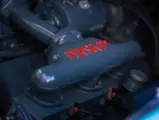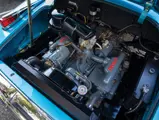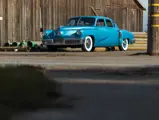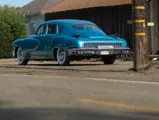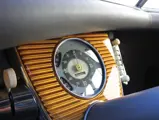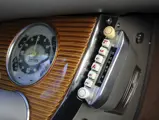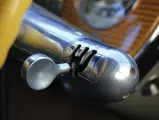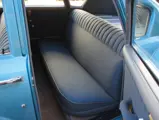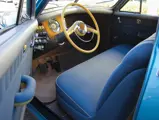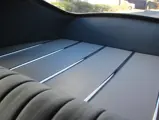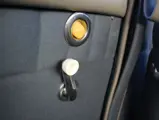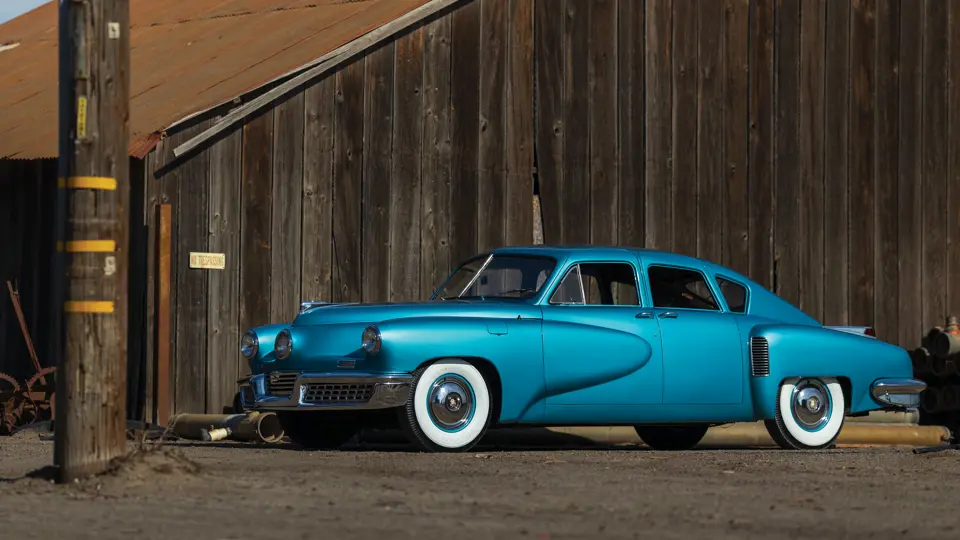
1948 Tucker 48
{{lr.item.text}}
$1,600,000 USD | Sold
{{bidding.lot.reserveStatusFormatted}}
- Icon of American film and culture
- Revolutionary post-war design; one of 51 built
- Researched and documented by Tucker historian Jay Follis
- The freshest restored Tucker extant
- An exceptional piece of American automotive history
PRESTON TUCKER’S DREAM
Preston Tucker had automobiles in his blood. First employed as an office boy in Cadillac Engineering, he later worked on the Ford assembly line. It was in auto sales, however, that he finally made his mark, eventually appointing a regional sales manager for Pierce-Arrow. Tucker befriended race car engineer-designer Harry Miller, and teamed with him as Miller and Tucker, Inc., to build the front-wheel drive Indianapolis cars for Ford Motor Company in 1935.
As war loomed in Europe in the late 1930s, Tucker envisaged a light, maneuverable scout car for the services, with a swiveling gun turret. He built a prototype and had talks with the Dutch, but before he could complete the deal their country was overrun by the Germans. He marketed the vehicle to the U.S. forces, unsuccessfully, although the turret was eventually used on PT boats, landing craft, and bombers. It was during the war, however, that Tucker resolved to build his own automobile.
The concept was revolutionary. He intended to use a Miller-designed engine, mounted in the rear. Suspension was to be all-independent, with disc brakes behind each wheel. A wide, one-piece windshield would be designed to pop out in case of accident. Sketches appearing in Science Digest in 1946 were titled “Torpedo on Wheels,” and the name “Torpedo” was briefly allocated to the car. Tucker soon changed it to simply “Tucker 48” to escape any military connotations. His genius was hiring Alex Tremulis to complete the design. Tremulis, who had come from Auburn and Cord, finished the drawings in five days, and a full-page ad was running in March 1947.
The initial prototype, built at the Tucker family’s Ypsilanti Machine and Tool Company in Michigan, was completed in 100 days. It had a version of Miller’s horizontally opposed six-cylinder engine, with hemispherical combustion chambers and overhead valves operated by oil pressure, rather than a camshaft, pushrods, and rockers. It displaced a whopping 589 cu. in. Drive was to be by twin torque converters, one at each rear wheel, and suspension would be a “Torsilastic” affair, independent with rubber springing.
The Miller engine proved impractical, as did the direct torque converter drive. Instead, Tucker bought Air Cooled Motors, a Syracuse, New York, company making air-cooled helicopter engines for the Bell Aircraft Corporation. Reworking the 334-cu. in. helicopter engine, which was a Franklin derivative, for water cooling, he installed it in the Tucker 48 with a four-speed transaxle from the Cord 810 and 812. Disc brakes were dropped for economy reasons, and the one-piece windshield became a more conventional split design.
Because the Tucker engines produced more power and torque than the Cord V-8, the transmissions were modified by Ypsilanti Machine and Tool with stronger gears and a lengthened case. These were designated Y-1 (Ypsilanti-1) units and used the same vacuum-electric shift as the Cord. Because of limited supplies and the short run of Tucker production, not enough Y-1s were completed, so some cars were built with unmodified Cord transmissions.
Eventually, 51 cars were built, in a former B-29 bomber plant in Chicago. By the time they appeared in public, the Tucker Corporation had come under the scrutiny of the U.S. Securities and Exchange Commission, some say brought on by Big Three automakers and Senator Homer Ferguson from Michigan. The gears of government ground slowly, and it was January 1950 before Tucker and his executives were eventually declared “not guilty” of fraud on all counts. But by that time the Tucker 48 had effectively been torpedoed and its inventor left indelibly in debt.
TUCKER NUMBER 1040
The 40th of the 51 cars originally built, Tucker no. 1040 was sold at the factory bankruptcy auction in October 1950. It was one of 25 cars sold, of which just eight, including 1040, had been completed. Detailed records do not survive regarding the disposition of the cars, but more recent research by Tucker historian Jay Follis reveals that at least five of them went to Minneapolis, Minnesota. It is believed that 1040 is one of two cars purchased by a Mr. John Hansen. By 1955, it was advertised for sale by R.J. Turner of Minneapolis, with an asking price of $3,900.
Follis’ research has further shown that Edward Bates of Minneapolis purchased 1040 in 1957, possibly from Turner. By April 1959 it was on display at an “Auto-Rama” organized by the Northern Ohio Timing Association, courtesy of owner Russell Strauch. Strauch, a well-known Toledo collector of Full Classics and other cars. Strauch painted the car white, from the original beige, and did some mechanical work. It reportedly had been driven just 7,000 miles. After Strauch’s passing in 1976, his estate sold the car. The next owner was Thomas E. Storms of Los Angeles.
In 1984, Tucker 1040 was acquired by the current owner, and in 1985 it was given a complete restoration by Russ Brownell, a noted Tucker expert and owner of several cars himself. Brownell was the official steward of the 22 original Tuckers that appeared in the 1988 film Tucker: The Man and His Dream. The restoration involved the sourcing of hard-to-find parts and fabricating others where no longer available. Several problems were discovered with the original engine, no. 33543, so it was replaced by no. 33579, an unused factory spare acquired from the Harrah Collection. The car was repainted in the same white hue used by Russell Strauch.
Most recently restored once more, it is now finished in attractive Waltz Blue, a factory color named by Preston Tucker after his wife Vera’s favorite dress. It has the strengthened Y-1 transmission, as well as the version 2 rubber torsion tube front suspension, and has the distinction of having the freshest concours-quality restoration of any Tucker extant. The result is without a doubt one of the most accurate and beautifully detailed restorations of any Tucker and has produced a car which is most certainly the finest restored example available today at any price.
In sum, it is an exceptional example of one of America’s most innovative automobiles.
“Don’t Let [this] Tucker Pass You By.”




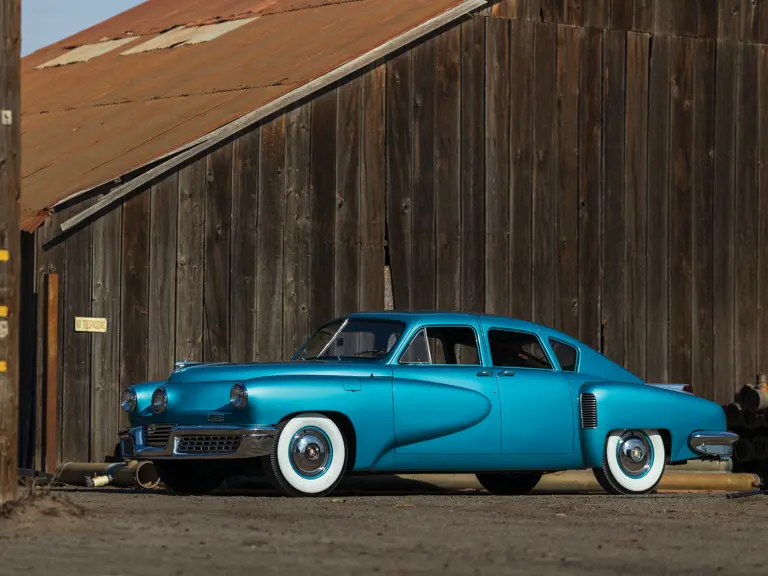
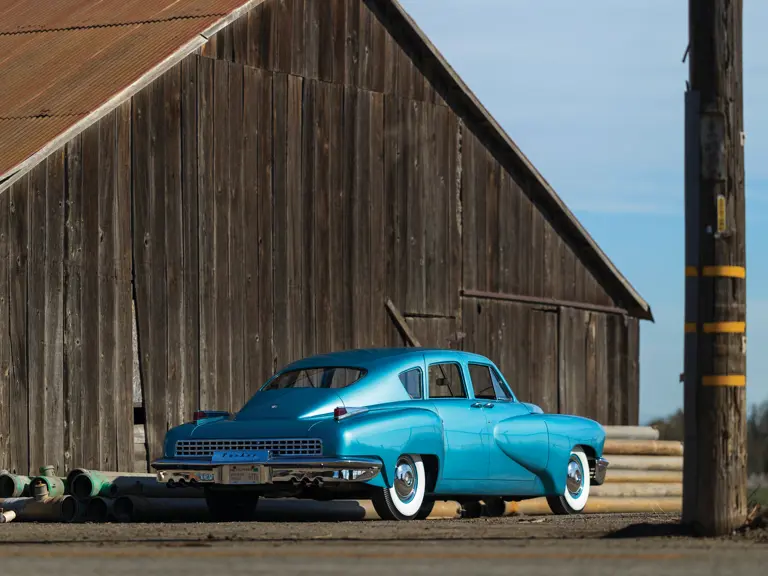
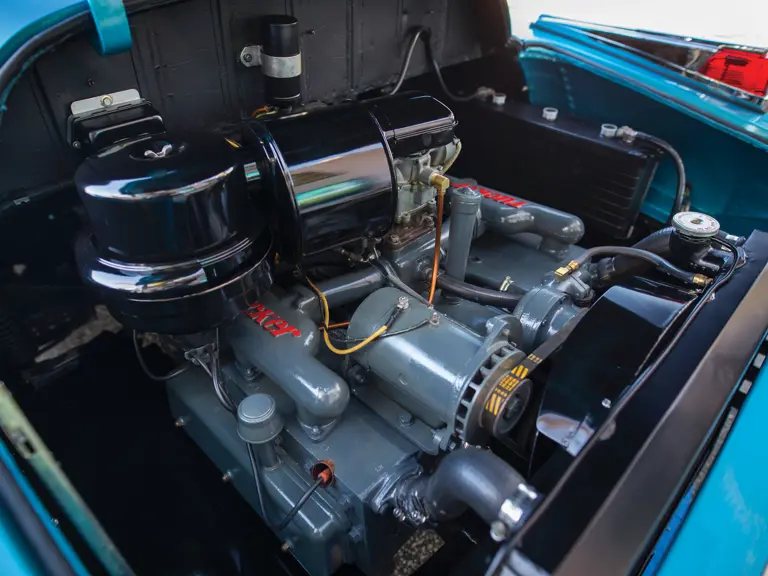
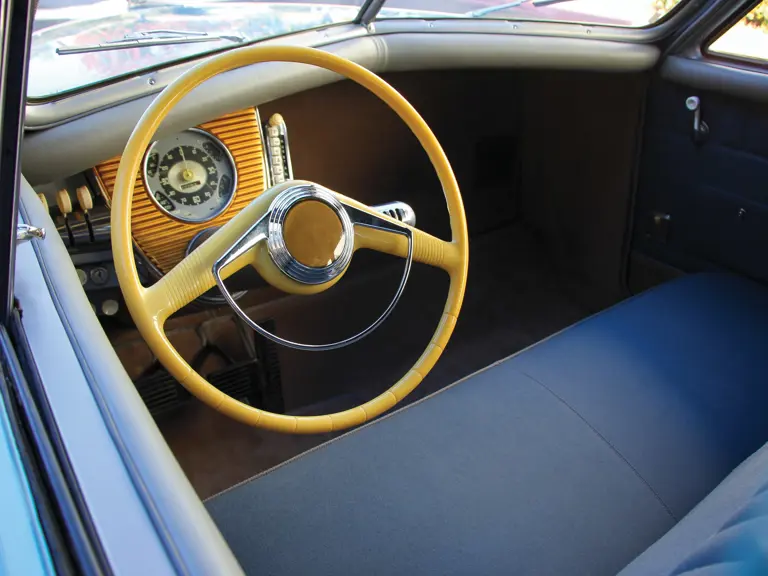

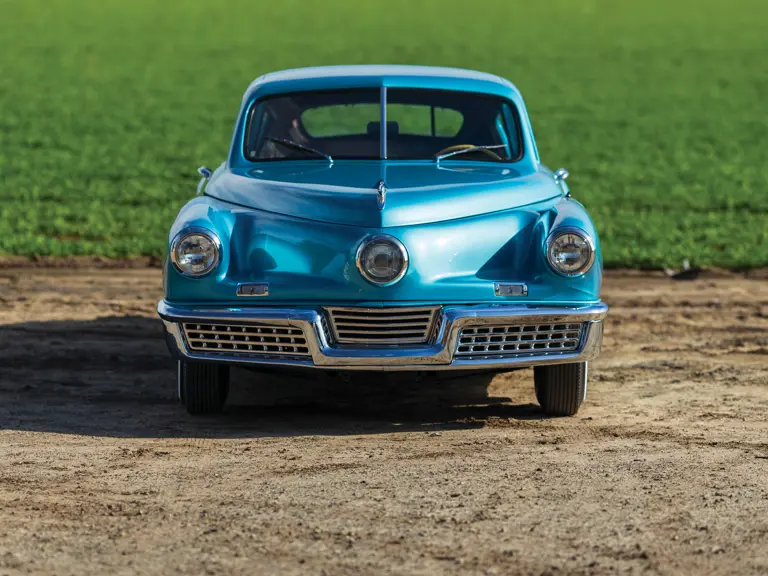
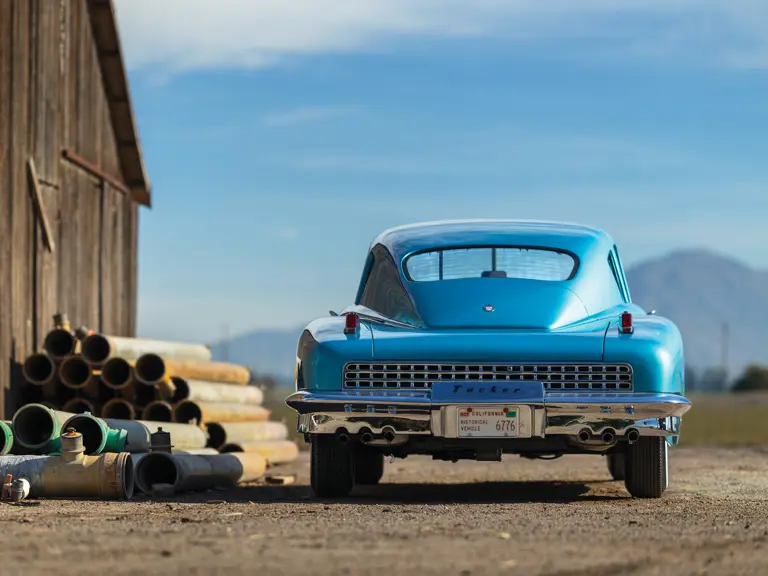
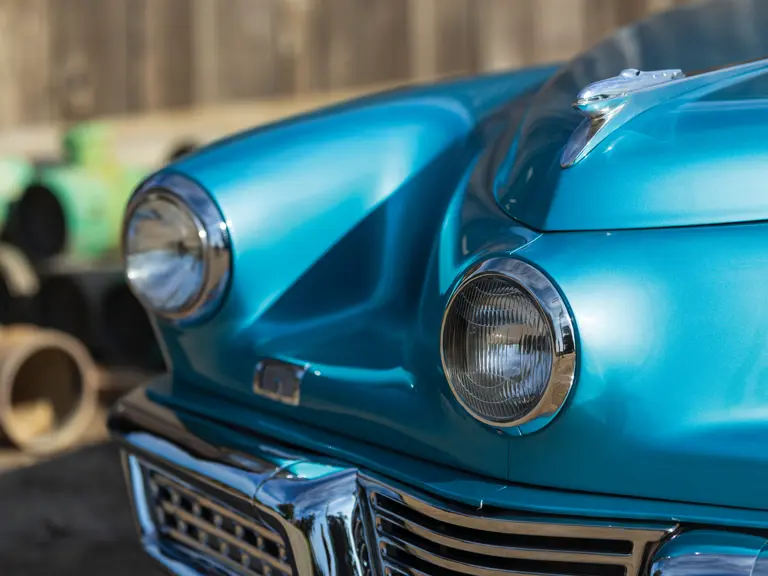
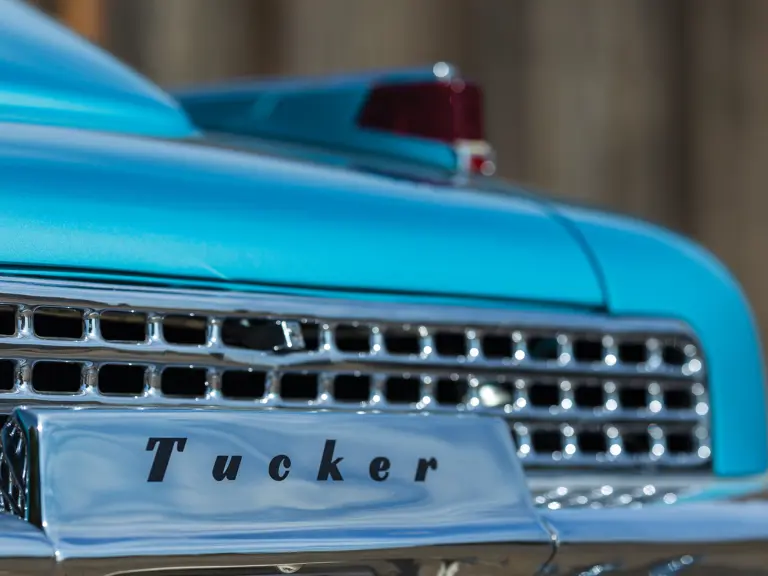
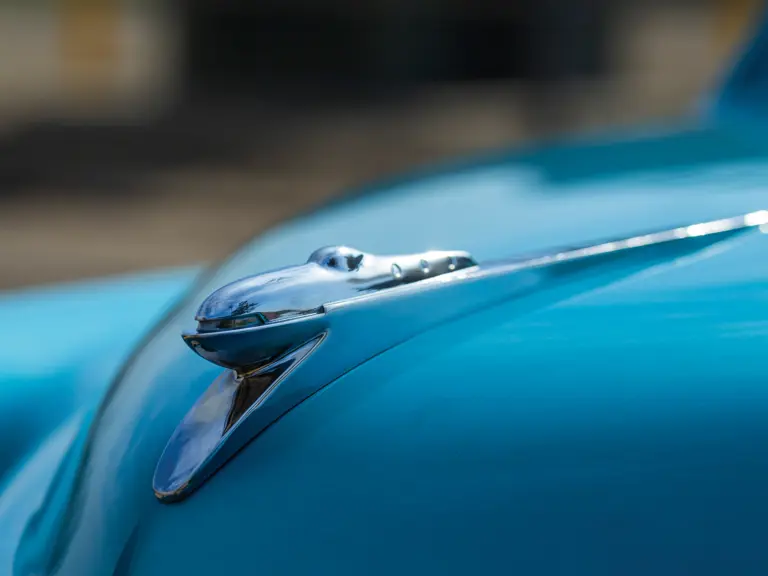
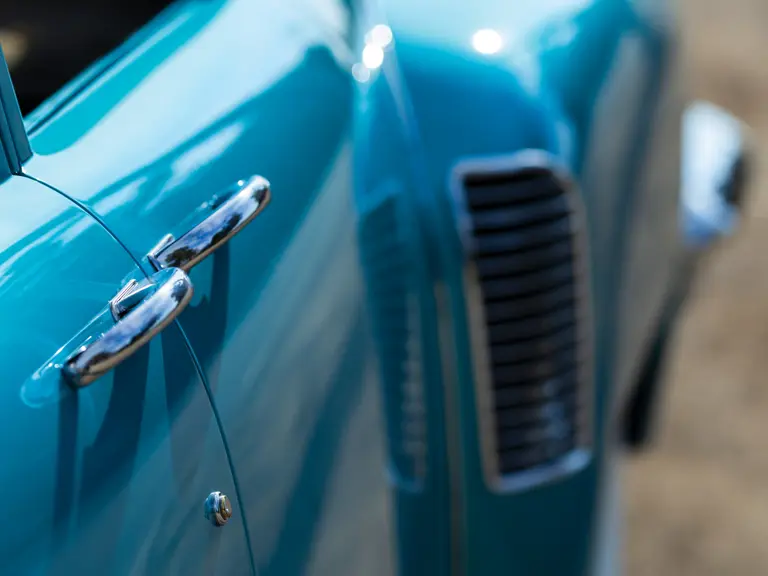
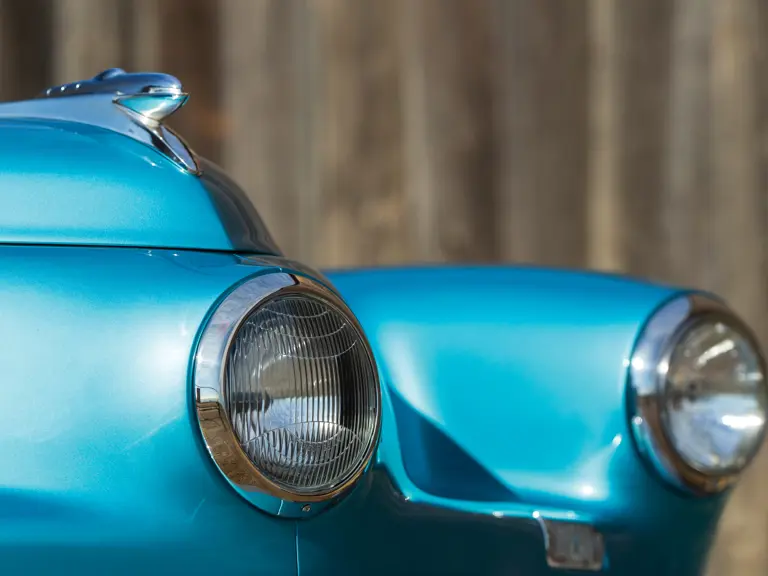
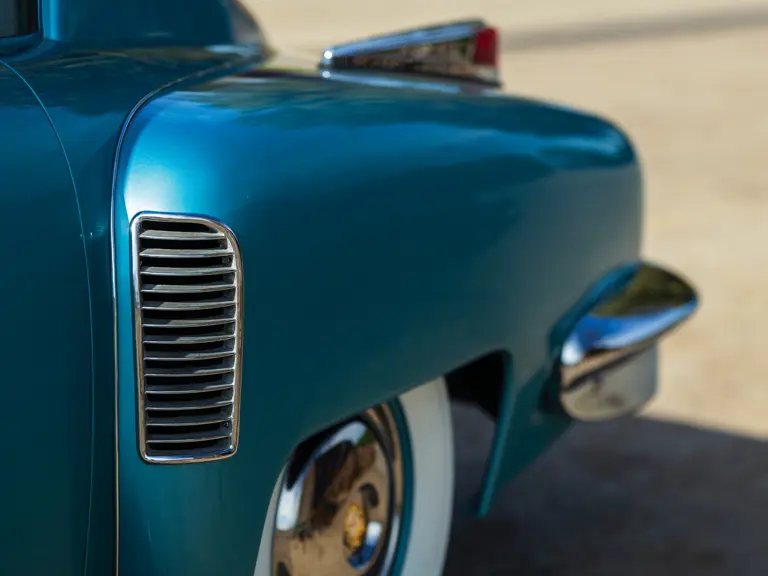

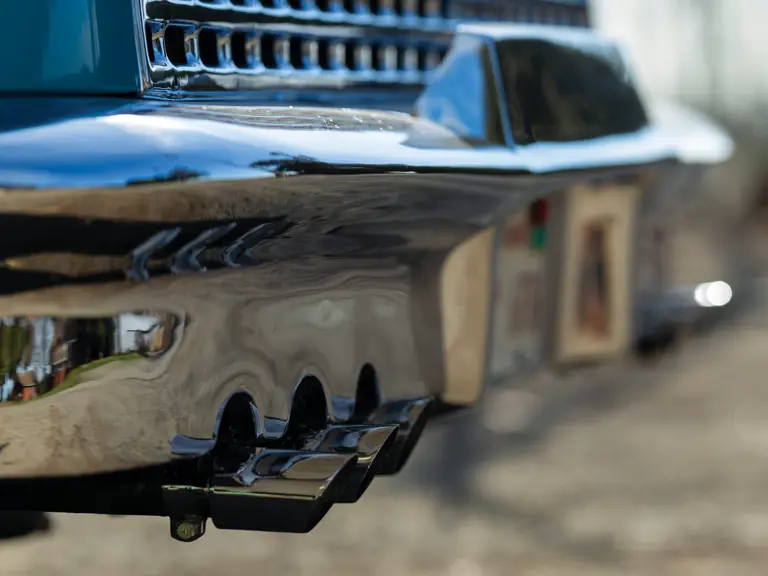
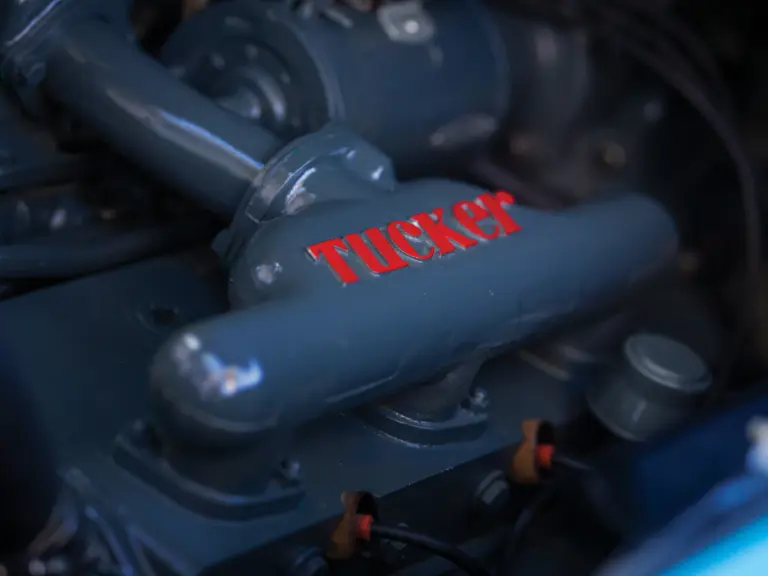
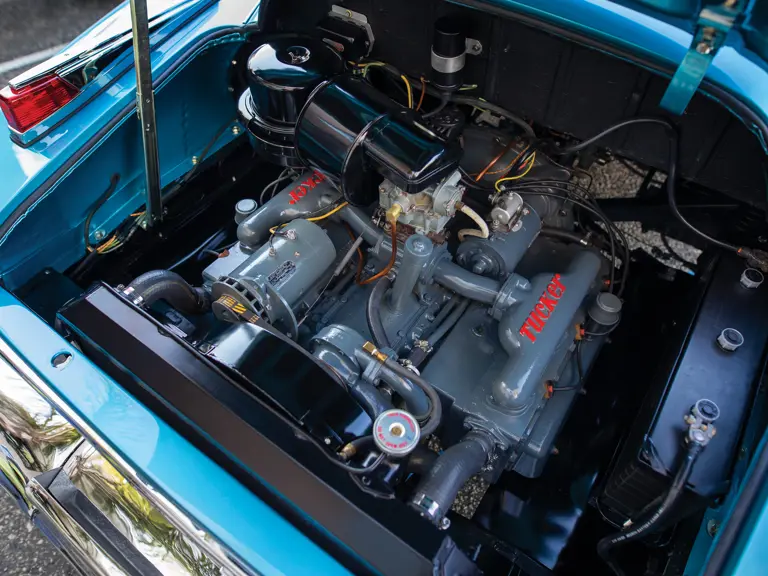
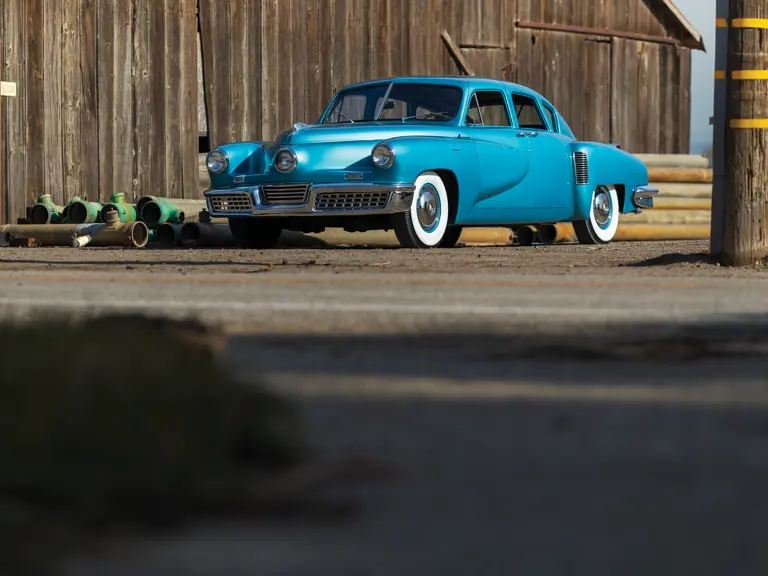
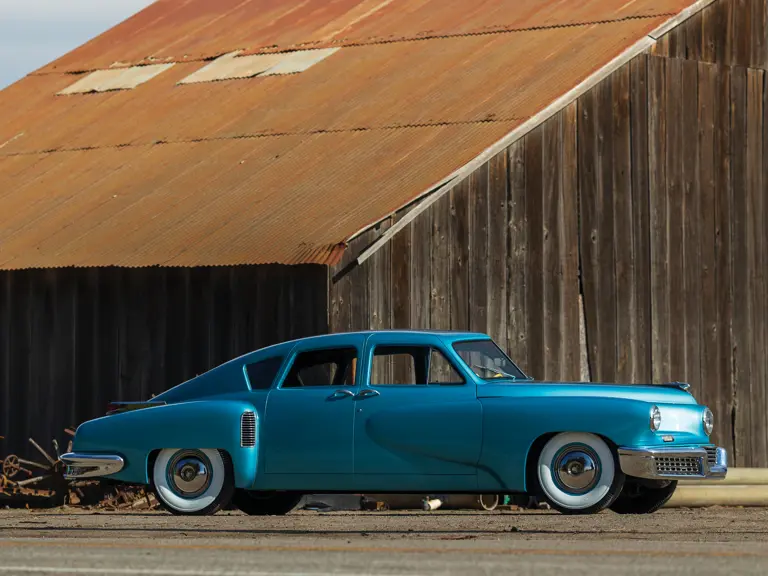
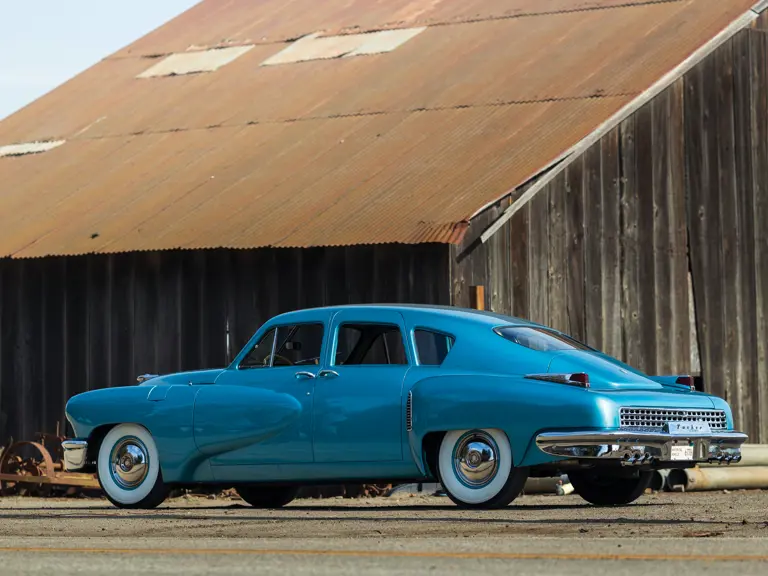
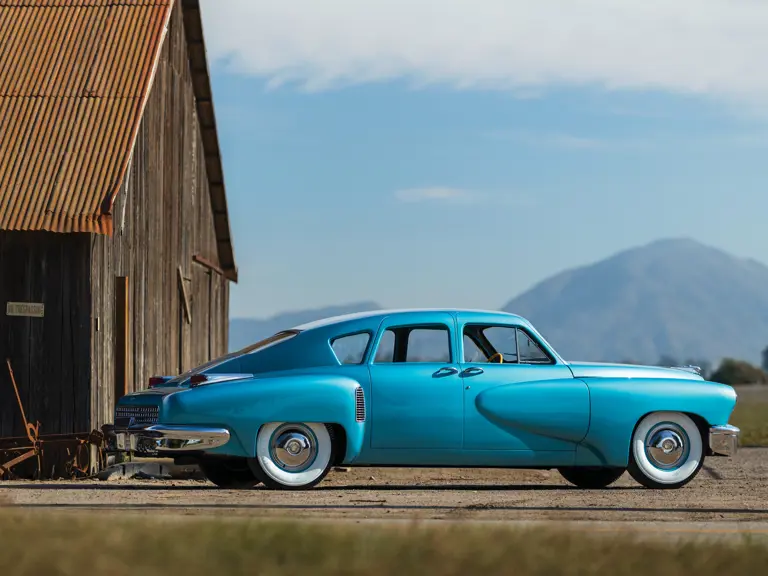
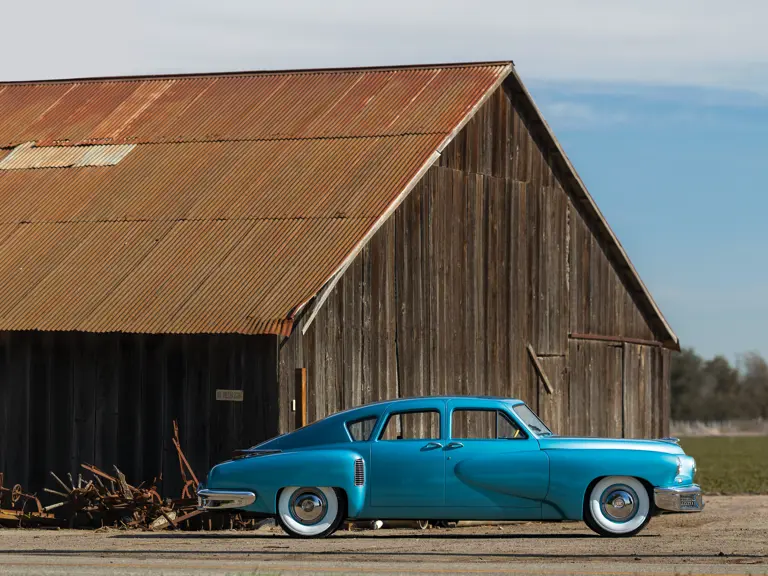
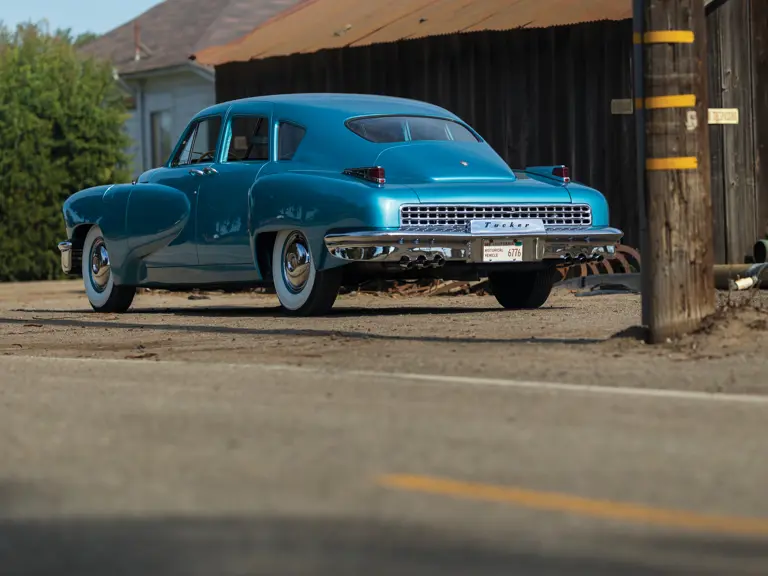
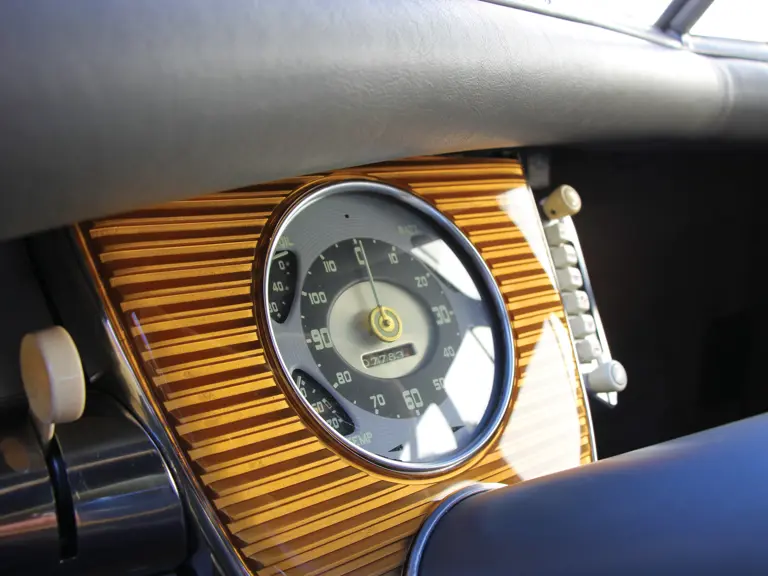
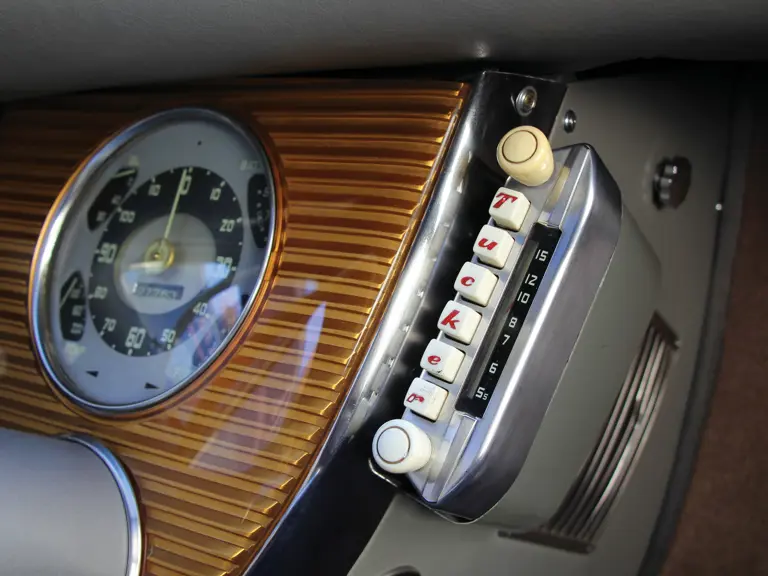
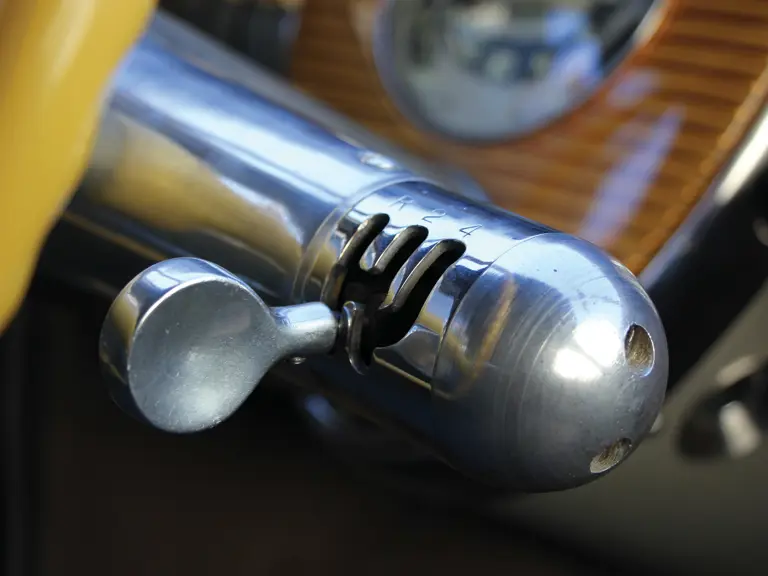
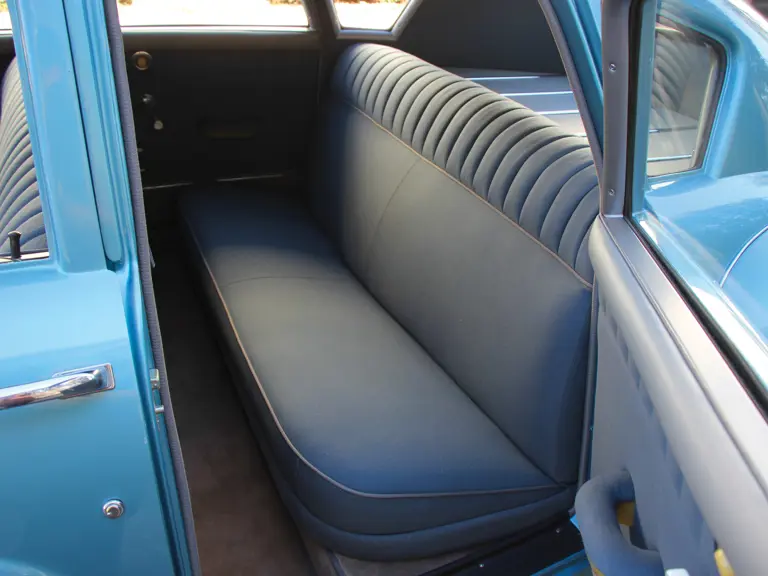
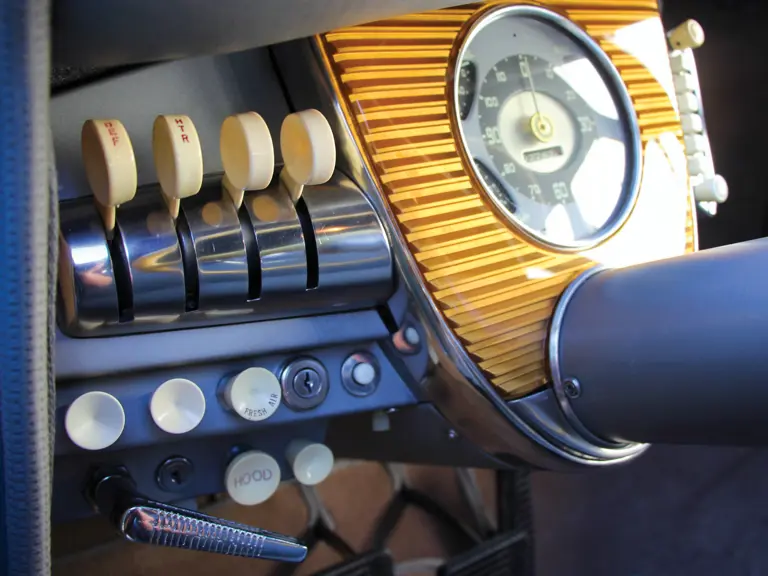

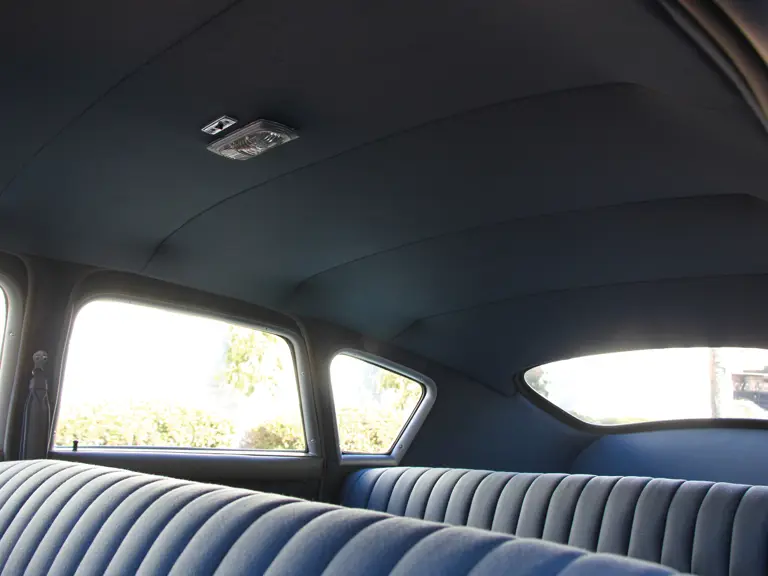
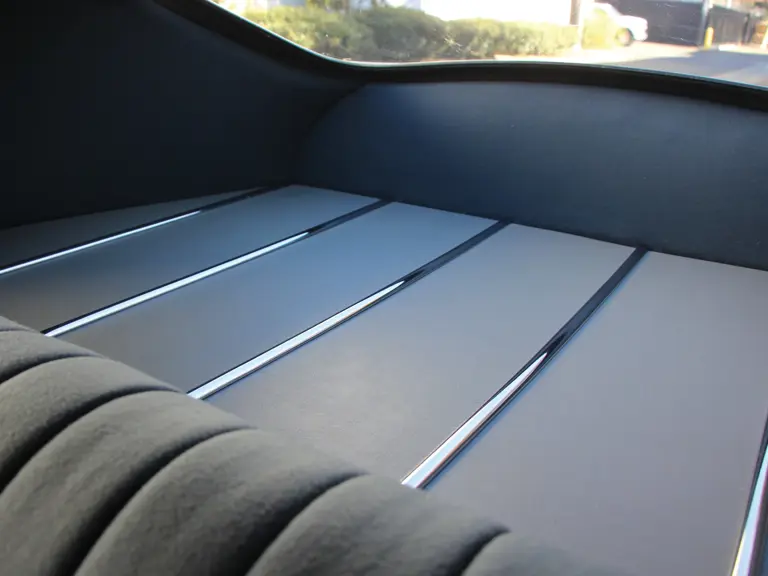
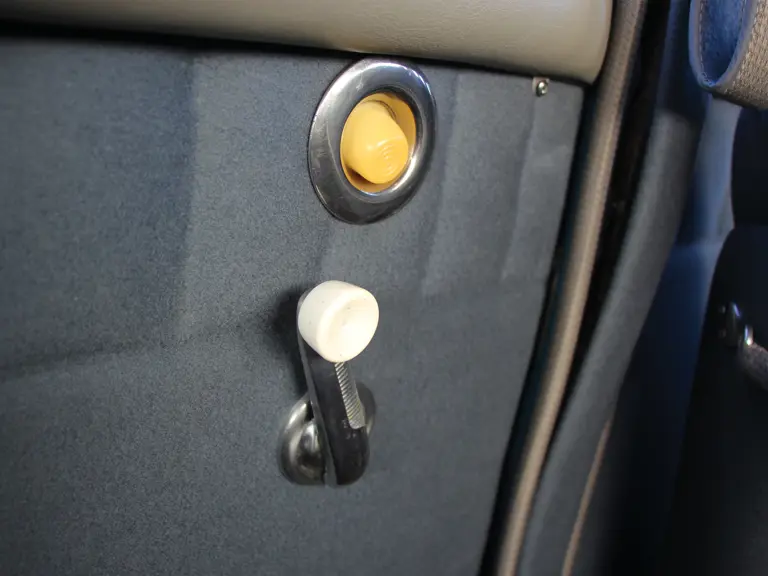
 | Phoenix, Arizona
| Phoenix, Arizona
